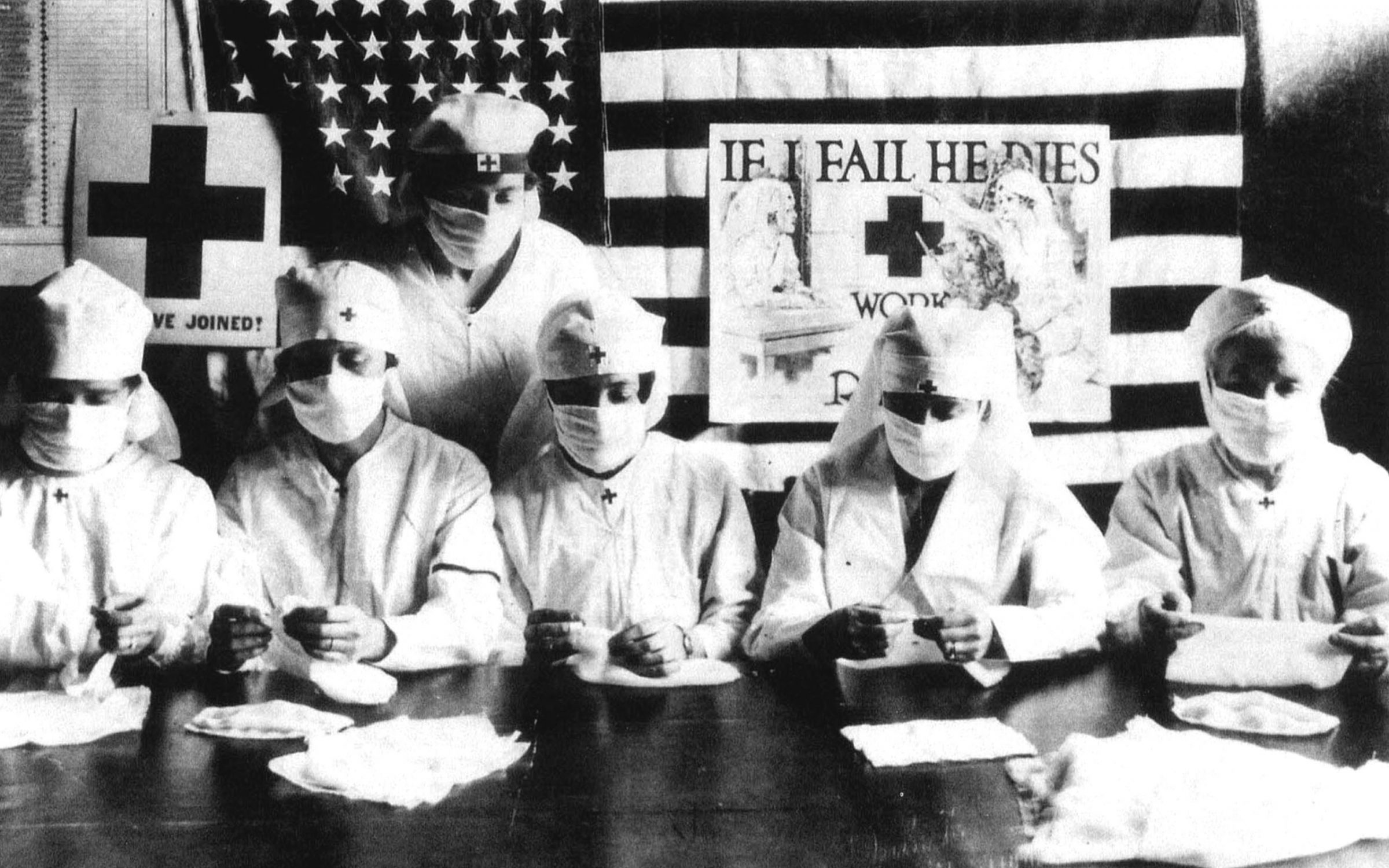I keep getting asked about the possibility that sars-cov2 will be with us for a long time. Many of the questions are driven, I think, by medical experts’ claims that we won’t simply “put this behind us”.
I do think it is likely to become a seasonal, endemic virus, at least for a long time to come. That’s because (a) the virus has show an ability to move from humans to animals and back again (mink) and (b) eradication is hard, even with good vaccines and for diseases without animal reservoirs, like polio and measles.
And yet I’m optimistic about a non-reckless return to normalcy over the medium turn. Why?
Pandemics have a beginning, middle and end. Even in the pre-microbial era, they end. Remember the great pandemic of 1925? No, because there wasn’t one. But by around 1922 the terrifying pandemic of 1918-19, thought to have killed around 40 million.
Where did influenza H1N1 disappear to? It didn’t go anywhere. The descendants of devastating 1918 H1N1 continued to circulate as seasonal influenza until 1957. An H1N1 strain threatened to cause a pandemic in 1976, and we had a mild pandemic of a novel H1N1 in 2009.
Co-circulation of H1 strains with H3 strains has been common since the 1990s. H1 is the “mild” flu virus. [NB, severity of flu is a spectrum, and as a clinician I have seen tragic situations, including respiratory failure and death, from H1 and influenza B. Get your flu shot!]
But the reason 2009 was a mild pandemic? Those most likely to die conditional on infection (older people) were born pre-1957, and had substantial immune protection from early life exposure to related H1N1 strains (that were dominant when they were kids).
Which brings us to the difference between a pandemic and a seasonal epidemic caused by a respiratory virus. Might influenza have attenuated by 1919? It seems mortality in wave four of that epidemic (autumn 1919) had declined. But the major change was in population susceptibility.
We tend to be very focussed on *the bug* with pandemics. What really creates a pandemic is widespread susceptibility. Does the discarded cigarette butt start the forest fire? Sure. But what makes the forest fire a conflagration is having a long drought and a lot of dead trees.
A discarded cigarette butt in a forest that’s wet from rainfall doesn’t have the same impact. Same with us and pathogens. When a novel pathogen is introduced into a totally susceptible population, and it has an effective reproduction number, R, of > 1 (each old case makes > 1 new case), we are dry tinder. And if we don’t put it out fast a conflagration occurs. If we don’t change behaviour, then the R for a communicable disease is approximately R x S (the fraction of the population susceptible).
As we acquire immune experience, the R number drops, whatever else we are doing or not doing. In this pandemic, that immune experience can be acquired via prior infection, or (and hopefully increasingly) via immunization.
The epidemic peaks when R hits 1, and declines thereafter, as each old case makes < 1 new case before going away. Note that this applies under conditions where there’s no control, no behavior change, etc. Very different from our current reality.
But the basic idea is that the pandemic itself seals its own doom by depleting population susceptibility, just as a forest fire ensures its own end by burning up all the fuel. And it overshoots: so by the time the pandemic is over, the R is LESS than 1.
So: game over for the virus, right? Erm, no. That decline in R is transient. Susceptibility in the population starts to reaccumulate, both because of waning immunity in infected/vaccinated individuals, and because of accumulation of newly minted baby-people in the pop who replace the elder-people at the other end of the life span as they die.
That results in repletion of susceptibility. The virus (as with flu, as maybe with sars-cov2) can also lend a helping hand by mutating over time (we call this “drift”) with flu, and becoming sufficiently different from previously circulating strains that it de facto increases population susceptibility.
We see this play out every year or two with very drifty flu. It’s one of the reasons we have to keep changing the flu vaccine (which has 2 different A antigens).
But that’s not a pandemic, for two reasons: 1. We have a much lower R because of prior population immune experience. 2. Those who have been around longest (older people) have prior immune experience. And are protected against these resurgences by earlier exposure.
That’s why the 2009 pandemic was mild. Those who would be most likely to die from a novel respiratory infection had prior lifetime immune experience. Not the case in 2019-2021.
So be confident. The idea of a forever-pandemic is about as plausible as the idea of a forever-forest fire. Not gonna happen.
Viruses replicate a lot faster than we do, so they always have a head start on anything that depends on mutation. It is likely that we’ll face challenges over time as novel variants, maybe even vaccine escape mutants, emerge.
And I would expect that even with immunization we will continue to see seasonal and off-season outbreaks of covid-19 in crowded institutional settings (and cruise ships) which have been hotspots for outbreaks long before there was a COVID-19 pandemic.
David Fisman is a Professor of Epidemiology at the University of Toronto.




